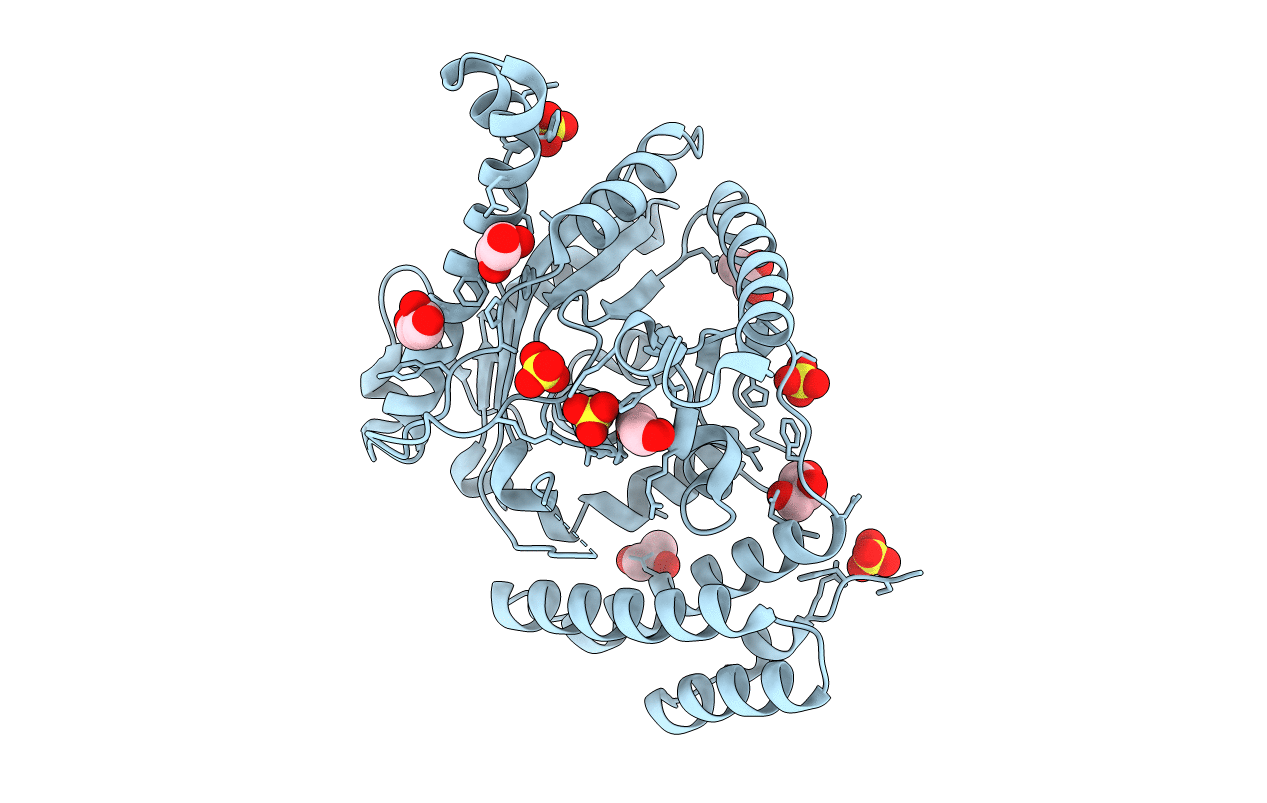
Deposition Date
2002-03-06
Release Date
2003-10-07
Last Version Date
2024-10-09
Entry Detail
PDB ID:
1IUQ
Keywords:
Title:
The 1.55 A Crystal Structure of Glycerol-3-Phosphate Acyltransferase
Biological Source:
Source Organism:
Cucurbita moschata (Taxon ID: 3662)
Host Organism:
Method Details:
Experimental Method:
Resolution:
1.55 Å
R-Value Free:
0.21
R-Value Work:
0.20
R-Value Observed:
0.20
Space Group:
P 21 21 21


